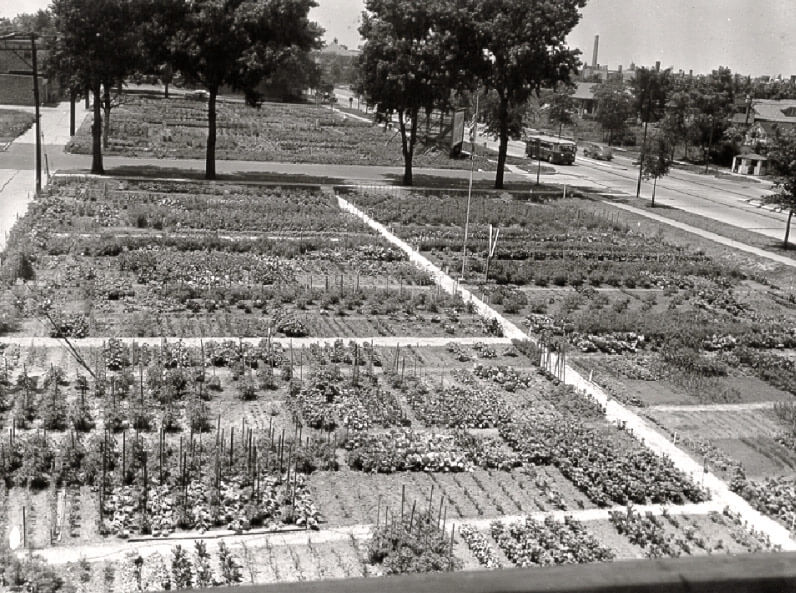I am a life-long gardener. Growing up in rural Oregon, I was taught by my parents to grow, can, and cook food – all good old skills that seem to be so rare these days. But they weren't rare during World War II, when growing food became a matter of national security. That's when the concept of a Victory Garden was born.
A little history about Victory Gardens: In late 1941, when the U.S. was actively anticipating becoming involved in the war, there were already signs of food shortages, especially when it came to fresh vegetables. The usual transportation lines had begun to be used to move troops and munitions, so getting fresh vegetables from farms to stores wasn't a top priority. At the same time, food resources were needed for the troops.
To help win the war, Americans on the home front began waging battle in their own way, with hoes and shovels. The idea was that they would grow their own food so the nation's farm resources could be deployed overseas. The practice quickly caught on.

Take my adopted city of Chicago, for example. In 1942, Chicagoans planted 500 community gardens (including the largest Victory Garden in the country). Incredibly, 90 percent of the growers had never gardened before. By the next year, another 1,000 Victory Gardens had been installed and 175,000 people were growing their own food in home gardens.
I became personally interested in the subject in 2009 after I saw a photo (above) of a large 1942 neighborhood Victory Garden hanging on the wall of our local butcher shop. I did some research and soon discovered something amazing: One of the lots that had been used for that very garden was now empty.
It didn't take long for our community to rally around that vacant lot and create the Peterson Garden Project, named for its location on Peterson Avenue. Our goal was to see if we could use the methods they used in World War II to recreate a smaller-scale version of a Victory Garden, something we later dubbed a "Pop-up Victory Garden".

Fast forward to 2012. Not only did the Victory Garden model work in that vacant lot, but we were able to put in four more Pop-up Victory Gardens on other plots of unused urban land, ultimately giving over 2,400 people the chance to learn how to grow their own food. We're not done yet, either: There are more in the works for 2013.

I've been fortunate to be able to speak around the country about Victory Gardens and the Peterson Garden Project. I often hear people remark, "Well, we were fighting a war, so food gardening made sense back then. But why do people need to grow food now?"
The answer is simple. Today, people are gardening for all sorts of victories: saving money, sharing with others, teaching themselves or their kids a skill, fighting hunger, promoting physical well-being, helping the environment. Gardening is the perfect cause and the perfect solution to many personal and larger-scale issues. Gardening is victory!
By LaManda Joy
Read more from LaManda Joy attheYarden.com





 Herbs
Herbs
 Vegetables
Vegetables
 Fruit
Fruit
 Flowers
Flowers
 Succulents
Succulents


